Advances Include Less-Expensive Shared-Storage Options, Better Cloud Archive Integration, and Speed, Speed, Speed
Storage and networking were hot topics at NAB, as content creators who had successfully shrugged off questions about 4K workflow in previous years suddenly found themselves facing real demand for a 4K-capable pipeline. High-capacity, high-bandwidth storage solutions were being tweaked and targeted to become more affordable to a broader range of users, and workflow was extended to become as efficient as possible during every step of the process, from ingest to archiving.
Entry-level collaborative storage systems making their debut at NAB 2015 included the Avid ISIS | 1000, aimed at smaller video facilities such as independent studios, corporate media departments, and houses of worship. In a blog post, Avid benchmarked the new ISIS for delivery of five streams of Red 5K with 8:1 compression, two streams of Apple ProRes 422 HQ or Sony F55 raw in 4K, 30 streams of Avid DNxHR LB (offline quality) or three streams of DNxHR 444 (finishing quality) in 4K. A 20 TB system starts at $18,000 and is expected to ship in the third quarter.
 Even less expensive is a new eight-drive Facilis TerraBlock system that starts at less than $10,000 for 16 TB of capacity. Facilis also had a new product, the TerraBlock HA, short for "hybrid array," that emphasized the balance between pure speed and usability. It can be configured with a mix of traditional SATA drives, which can be used for collaborative HD-resolution workflow, and high-speed SSDs, which provide performance for uncompressed 4K. Meanwhile, Archion upped its game with the 10 GigE-based EditStor Omni, designed to handle workflows running at 4K resolution and higher in a single high-density server configuration. Total storage in an EditStor Omni tops out at 144 TB, employing 24 6 TB SATA 3.0 drives.
Even less expensive is a new eight-drive Facilis TerraBlock system that starts at less than $10,000 for 16 TB of capacity. Facilis also had a new product, the TerraBlock HA, short for "hybrid array," that emphasized the balance between pure speed and usability. It can be configured with a mix of traditional SATA drives, which can be used for collaborative HD-resolution workflow, and high-speed SSDs, which provide performance for uncompressed 4K. Meanwhile, Archion upped its game with the 10 GigE-based EditStor Omni, designed to handle workflows running at 4K resolution and higher in a single high-density server configuration. Total storage in an EditStor Omni tops out at 144 TB, employing 24 6 TB SATA 3.0 drives.
 So yes, vendors told us, 2015 was the year customers started to take 4K seriously. "Until last year, 4K was a ton of hype," Quantum's Alex Grossman told StudioDaily at the show. "Last year, it was mostly hype. This year, it's real, and people are realizing you can't just bolt 4K onto an HD workflow." That meant demonstrating complete, end-to-end workflow from production to archive—not just scaled-up expansions of HD pipelines. New contributions from Quantum to that workflow include the Q-Cloud Archive, which allows users of the company's StorNext systems an easy and secure, pay-as-you-go connection to a cloud archive system from within their existing StorNext interface. Quantum also talked up its new StorNext web services API, allowing technology partners—the makers of NLEs as well as production worfklow, media asset management and archive management tools—to hook directly into StorNext.
So yes, vendors told us, 2015 was the year customers started to take 4K seriously. "Until last year, 4K was a ton of hype," Quantum's Alex Grossman told StudioDaily at the show. "Last year, it was mostly hype. This year, it's real, and people are realizing you can't just bolt 4K onto an HD workflow." That meant demonstrating complete, end-to-end workflow from production to archive—not just scaled-up expansions of HD pipelines. New contributions from Quantum to that workflow include the Q-Cloud Archive, which allows users of the company's StorNext systems an easy and secure, pay-as-you-go connection to a cloud archive system from within their existing StorNext interface. Quantum also talked up its new StorNext web services API, allowing technology partners—the makers of NLEs as well as production worfklow, media asset management and archive management tools—to hook directly into StorNext.
In conjunction with the Q-Cloud Archive, Quantum was also trying to help users better wrap their heads around its initiative in object storage, most commonly associated with cloud archives. Grossman described object storage most simply as "a better RAID than RAID," with more robust data integrity features. But he said it's the basis of something Quantum calls "extended online" storage—resource-intensive real-time processes (editing, color-correction) are separated from non-real-time operations (ingest, transcoding, rendering), which can be taken offline to shrink the overall amount of online storage required in a facility and thus improve the efficiency of demanding 4K workflows. And to address the universe of content creators who are not StorNext users, Quantum introduced Artico, an archive appliance for StorNext 5 with a NAS front end that can be dropped into a production environment and enable easy archiving to the cloud or to tape without hurting the overall performance of production NAS systems.
StorageDNA had its own ideas about accelerating 4K workflow with the latest version of its tape archiving software DNA Evolution, which includes the ability to conform 4K camera master content stored on LTO LTFS tape for finishing and final export. Supported formats for 4K conform workflow include Red, Apple ProRes, ARRIRAW, DPX, and Sony F65, the company said.
 Meanwhile, EditShare said its Flow 3.2 media asset management platform had added scan and proxy support for 4K footage along with new remote-editing options and automation settings for transcoding and delivery. Flow now supports a number of pro 4K formats including ProRes 4444 XQ, Sony XAVC, Red .R3D, as well as DPX, CinemaDNG, ARRIRAW, PNG and TIFF image sequences. And the AirFlow module for use with organization's private cloud infrastructure, allows download of either camera original files or Flow proxies using a web browser anywhere in the world, the company said. "You are able to download Flow proxies remotely, edit with them natively in Premiere Pro from local storage, and then relink the sequence to the high-resolution media files in Premiere Pro back at the EditShare site," said Senior Product Manager Jeff Herzog, adding that "similar workflows are available with Avid Media Composer and other industry-standard NLEs."
Meanwhile, EditShare said its Flow 3.2 media asset management platform had added scan and proxy support for 4K footage along with new remote-editing options and automation settings for transcoding and delivery. Flow now supports a number of pro 4K formats including ProRes 4444 XQ, Sony XAVC, Red .R3D, as well as DPX, CinemaDNG, ARRIRAW, PNG and TIFF image sequences. And the AirFlow module for use with organization's private cloud infrastructure, allows download of either camera original files or Flow proxies using a web browser anywhere in the world, the company said. "You are able to download Flow proxies remotely, edit with them natively in Premiere Pro from local storage, and then relink the sequence to the high-resolution media files in Premiere Pro back at the EditShare site," said Senior Product Manager Jeff Herzog, adding that "similar workflows are available with Avid Media Composer and other industry-standard NLEs."
Crafts: Editing Post/Finishing Storage
Sections: Technology
Topics: Feature 4K 4k-and-beyond archive cloud ltfs lto shared storage storage
Did you enjoy this article? Sign up to receive the StudioDaily Fix eletter containing the latest stories, including news, videos, interviews, reviews and more.
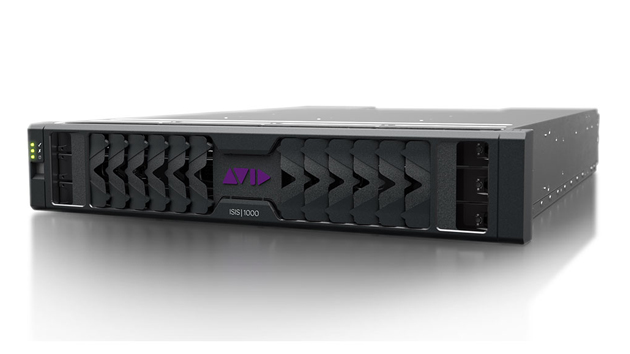
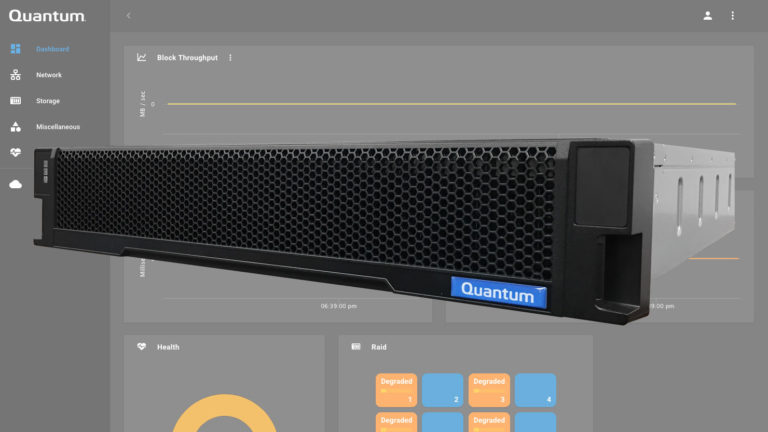
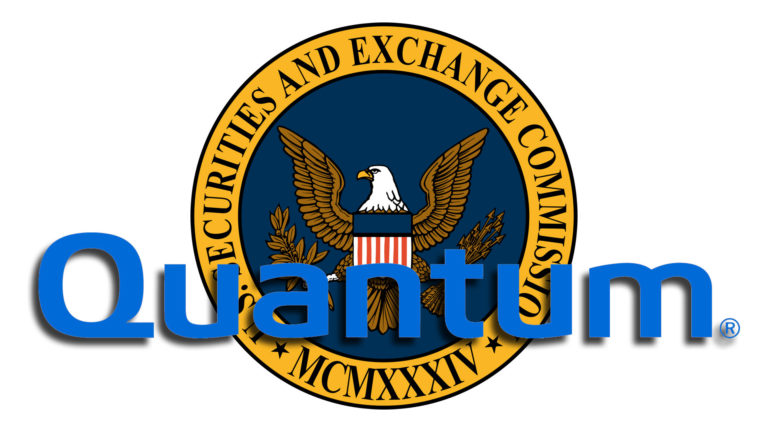
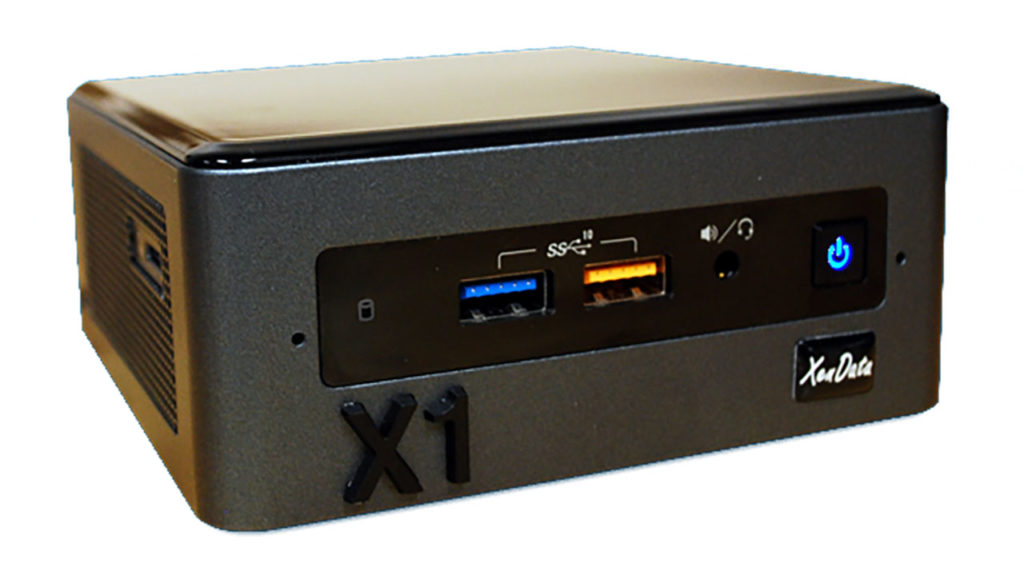




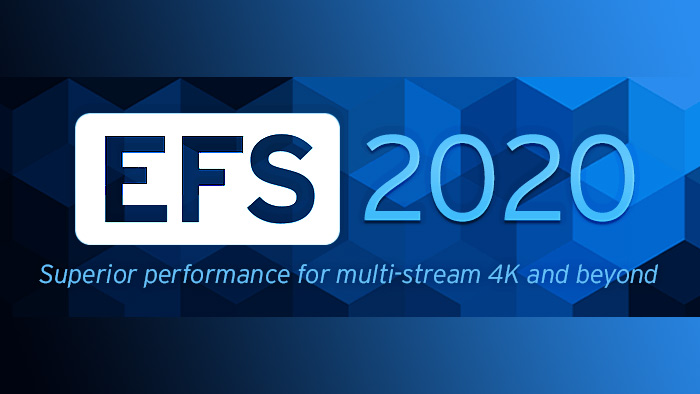


Leave a Reply